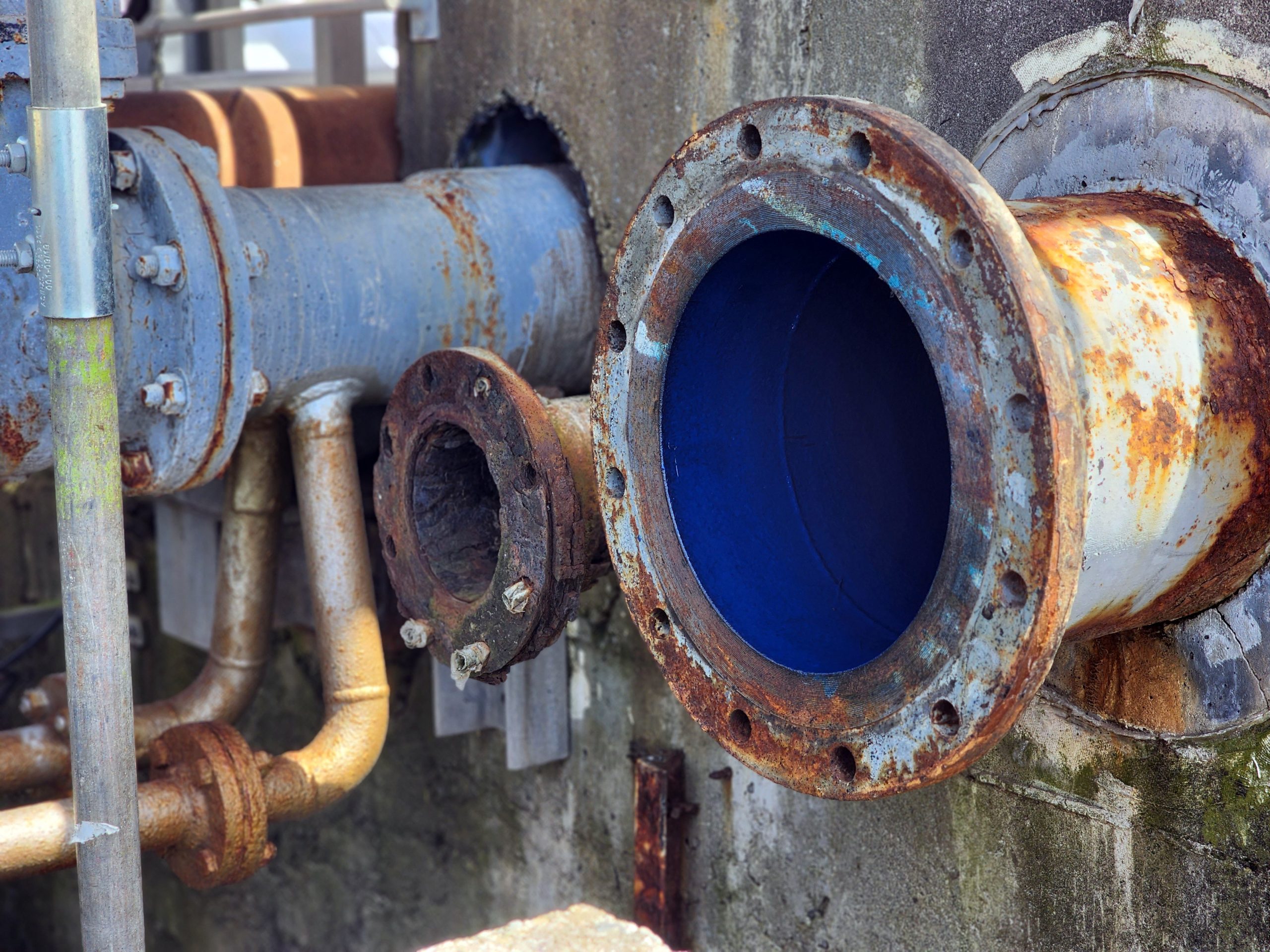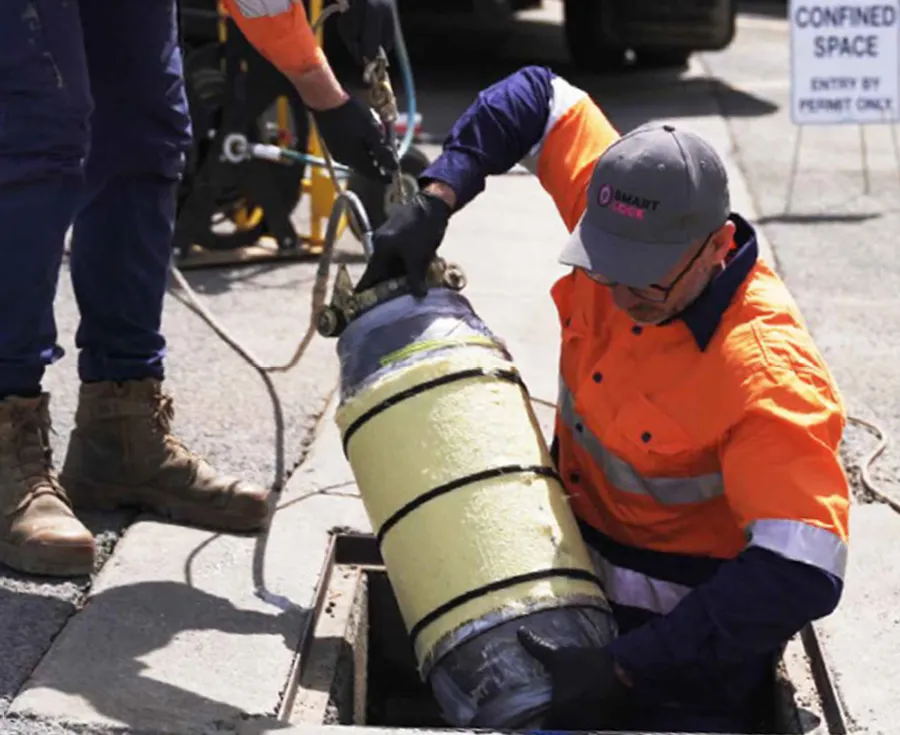Are you starting to notice an excess build-up of mould in your home? Drains starting to leak, clog or smell? Any of these symptoms could be a sign that you have blocked or broken pipes. Along with the unpleasant aftereffects that broken pipes can bring, they can also cause quite a bit of damage to your home if left for too long, especially if you can’t locate the break yourself or do not have direct access.
Below are some examples of the common causes that can block and eventually break your pipes, the preventative measures you can take to keep your pipes well maintained, and tips on when you should call your plumbing professionals for help.
What causes broken pipes?
Some of the most common causes for broken household pipes include:
Blockages
Our household plumbing systems are an integral part of our day to day lives. We use our drains every day, and as such, an excess build-up of hair, fats, oils, grease, food and more can create pipe blockages. As your plumbing and sewerage systems block-up overtime, they can eventually clog entirely, leading to broken or bust pipes.
If you notice foul odours coming from your drains or sinks, or that water is slow to drain down sinks, baths or showers, you may be experiencing blockages from day-to-day debris getting caught in your pipes.
Corrosion
If your pipes are constantly exposed to harsh chemicals, high water temperatures, water oxidation causing rust, or are simply suffering from years of wear and tear, it can eventually lead to pipe corrosion and breaks. While older plumbing systems are more likely at greater risk than newer systems, even new pipes can show signs of corrosion as soon as two years after installation if the right conditions exist.
If your water is discoloured (usually brown), or you have low water pressure, or you are finding signs of leaks, you may have failing pipes due to pipe corrosion.
Tree root intrusion
The flow of warm water inside pipes can cause water vapour to seep into the surrounding soil creating damp, fertile conditions that tree roots are drawn to. If your pipes have even the tiniest of cracks or any leaks, they can create the perfect conditions for tree roots – particularly if the cracks are in your sewer pipes where there’s prime fertilizer for plants!
If tree roots are not disturbed after penetrating the pipe, they will grow and expand, putting pressure on the crack or joint where they entered the pipe. If you notice that your sinks are slow to drain and make a gurling sound, or there a soft sinkholes appearing in your yard, or your lawn has unexpected green patches, you may have tree roots growing in your pipes.
How can you fix broken pipes?
If you begin to notice any of the signs listed above, it’s important to take prompt action before a small inconvenience such as a slow draining sink becomes a burst water pipe when nobody’s home.
While some blockages and breaks are difficult to locate, or the damaged pipes may be impossible to access yourself without digging up your yard, there are a number of preventative and DIY solutions to keep your plumbing system functioning well.
What you can control
Preventing blockages:
- The best way to keep your drains clear is to control what you put down them. Limit the amount of food and grease you put down kitchen drains. Dispose of waste in the bin instead.
- Keep hair out of bathroom drains. Brush your hair before showering or taking a bath, or cover your shower or bath drain with a mesh screen or a perforated shower drain hair catcher. Either option can help catch the hair and let the water run through.
- If you bath your dog in the shower or bath, place a washcloth over the drain. The amount of hair a dog sheds during a bath can even clog your regular shower drain hair catcher.
Preventing tree root intrusion:
- Consider what you plant near sewer lines. If you’re planting trees near sewer lines, select slow-growing trees with a small root area. Larger, maturing trees should be kept well away from the sewer line.
- Sewer line barriers are also available to prevent root growth. Chemicals like copper sulphate and potassium hydroxide are often spread near sewer lines to inhibit root growth. In addition, metal or thick wood barriers buried next to sewerage systems will also prevent tree roots from reaching pipes.
Preventing corrosion:
- Similar to preventing blockages, limiting what you put down your drains can help minimise bacteria.
- Book in regular pipe inspections and maintenance approximately every 2 years to keep your pipes in good condition.
Call in the experts
If you think your pipe break or blockage is too much to fix yourself, you cannot locate the problem area, or you cannot access the break, it’s time to call in the experts before any more damage is done.
Fix it for good with Nuflow
At Nuflow, our CCTV pipe inspection and drain camera allows us to pinpoint the exact location of the break so you’re not left wondering where the problem pipe is. Using Nuflow’s pipe relining technology, we can fix your broken pipes from the inside, without the need to dig or knockdown walls. This innovative and environmentally-friendly technology allows our pipe relining technicians to get to the bottom of your problem and fix it for good.
Contact your local Nuflow team to find out more about long-lasting, cost effective plumbing repairs today.




